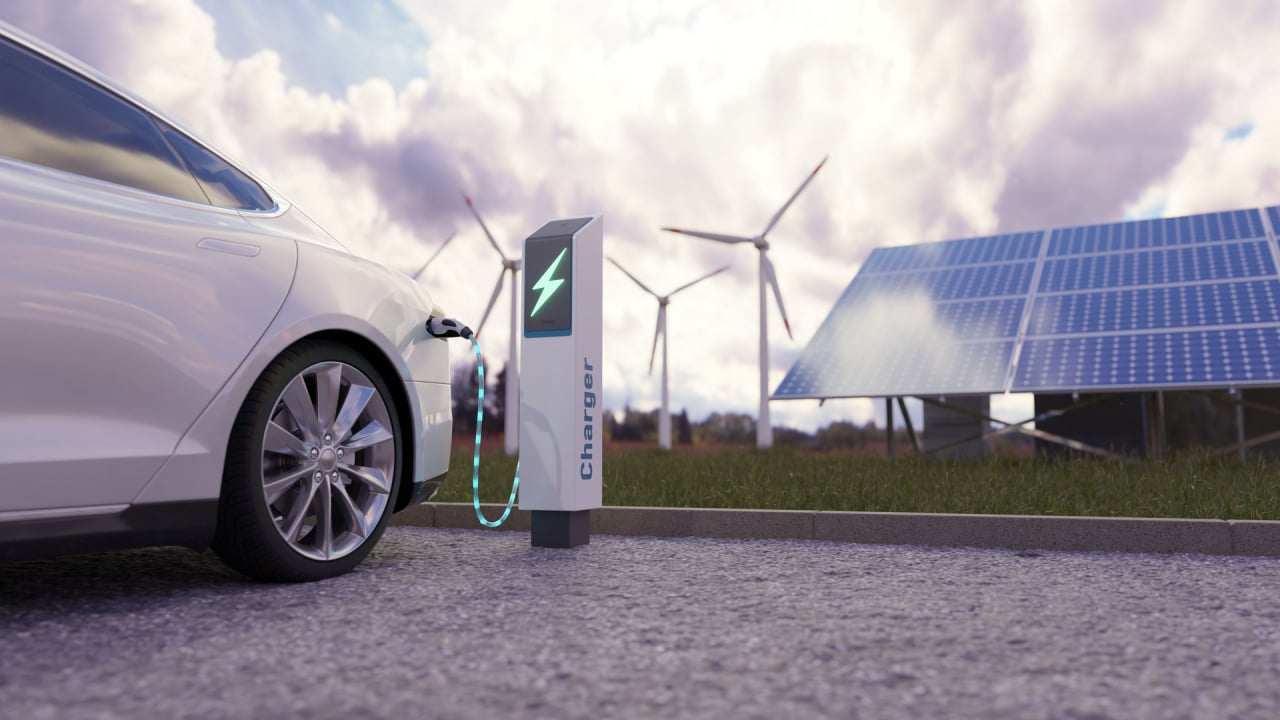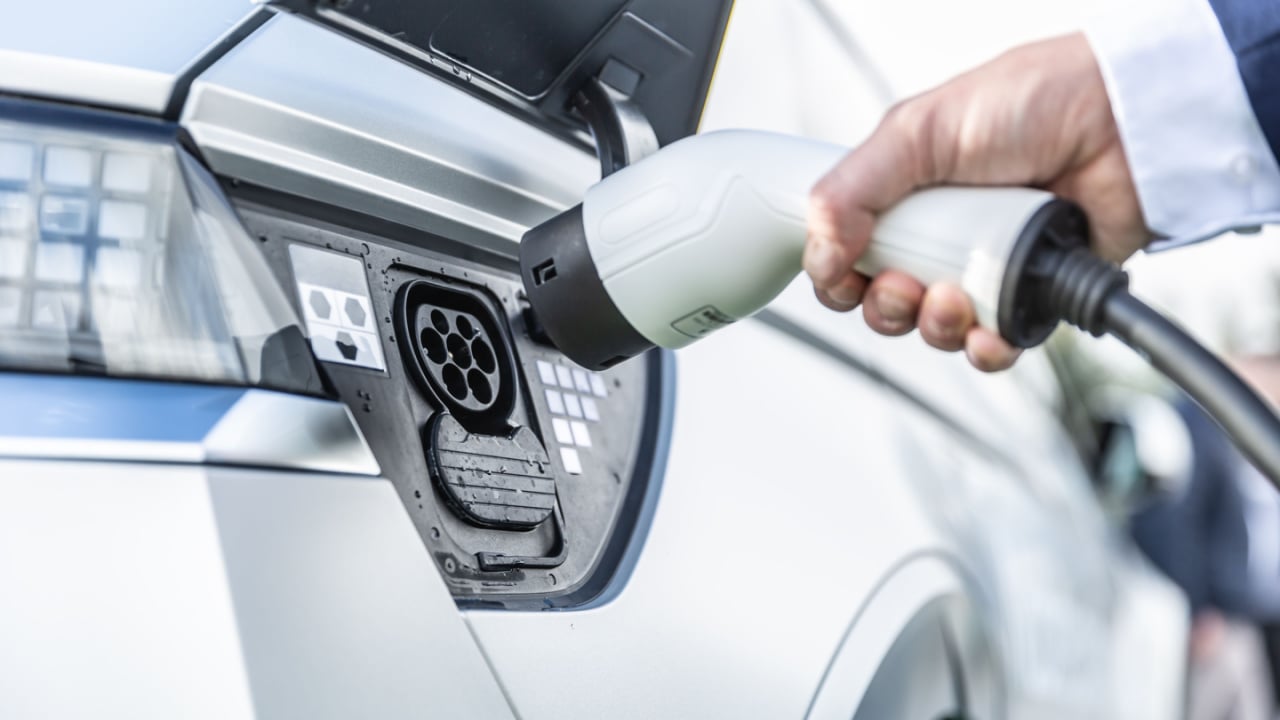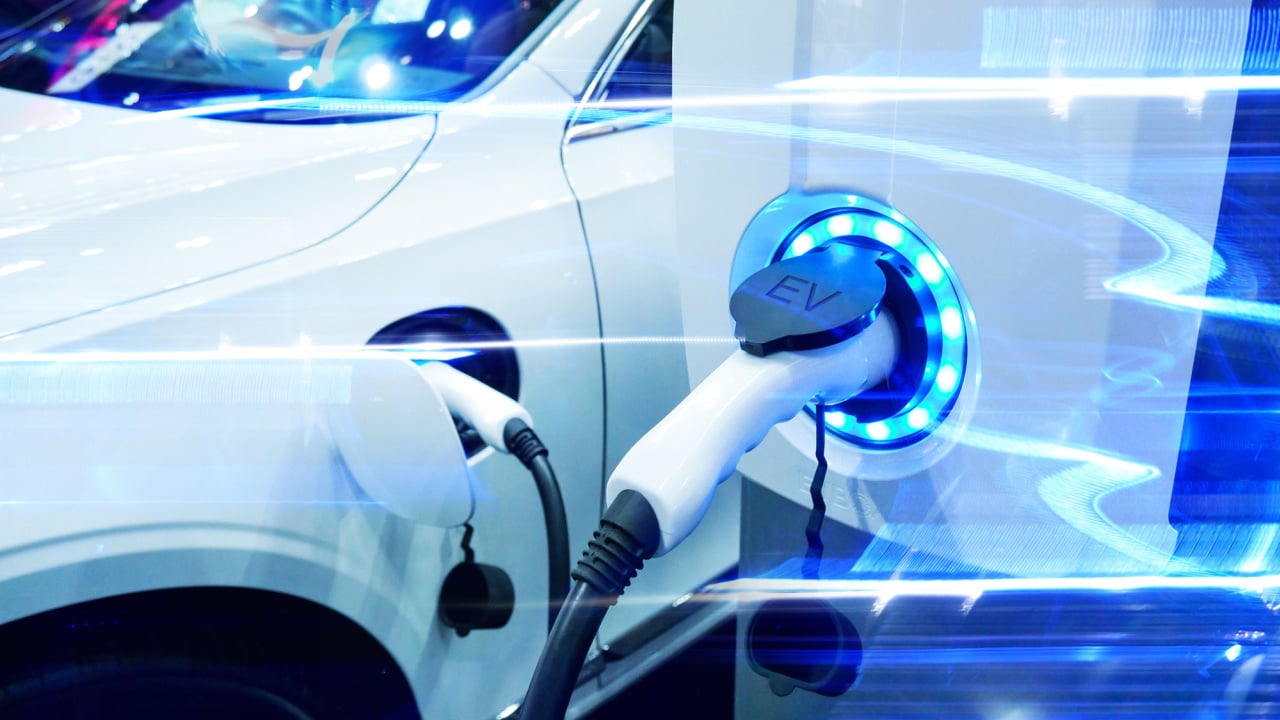With electric cars commanding the spotlight for their cost-saving benefits, eco-friendly attributes, and impressive performance, it’s easy to believe they have it all. However, there’s a hidden side to owning an electric vehicle that seldom sees the light of day. Beyond the glossy brochures and flashy displays, electric car owners harbor a few secrets they rarely discuss.
Towing: A Range Game Changer for Electric Trucks

Electric vehicles, particularly trucks like the Rivian R1T, boast impressive driving ranges, painting a picture-perfect scenario for off-road adventurers. However, hitching a trailer alters this landscape significantly. Despite the R1T’s impressive 11,000-pound towing capacity, attaching a trailer cuts its driving range in half. What was once a 328-mile range dwindles to a mere 164 miles when towing, transforming the thrill of wilderness exploration into a stop-and-recharge journey.
Comparatively, the diesel-powered Ford F-150 offers a substantial 620-mile range on a full tank, albeit halved when towing. Additionally, refueling favors the F-150’s diesel engine, taking significantly less time compared to recharging an electric vehicle. This reveals a crucial aspect often left unsaid: the practical challenges and range limitations electric trucks face when towing, an area where traditional fuel-powered counterparts still hold a significant advantage.
Battery Replacement: The High-Stakes Cost Game

While electric car owners revel in the low maintenance required for their vehicles, there’s a hushed reality lurking beneath this narrative—the staggering expense of battery replacement. Despite promising battery warranties from EV automakers, the pivotal truth remains: these batteries are irreplaceable once they fail, presenting a financial hurdle few discuss.
Consider Tesla, a prominent figure in the electric car realm. Replacing a Tesla battery, depending on the vehicle and battery pack, could set you back anywhere between $13,000 and $20,000. Unveiling the gravity of this expense, the battery pack stands as the most exorbitant component within an electric vehicle.
Comparatively, in the lifespan of a traditional ICE (Internal Combustion Engine) vehicle, the cumulative expenditure on maintenance rarely rivals the colossal sum required for a single EV battery replacement. The durability of ICE engines, when properly maintained, often far exceeds expectations without demanding a replacement, adding a poignant contrast to the costly reality of electric vehicle upkeep.
Charging Challenges: The Widespread Failure of Charging Stations

The convenience of recharging electric vehicles at home stands as a flagship allure for many owners. However, the stark reality of the public EV charging network casts a shadow over this convenience. Unlike the ubiquitous gas and diesel refueling stations, the EV charging network is far from reaching a comparable scale, limiting the widespread accessibility of charging points.
The growth of EV adoption heavily leans on homeowners charging their vehicles at home, underscoring the pivotal role played by residential setups. Yet, the pace at which the public charging network expands significantly trails the surge in electric vehicle numbers.
Hope flickers on the horizon with recent announcements from Tesla. Opening its network of Superchargers to other EV brands and the emergence of standardized charging systems across multiple automakers signify a potential breakthrough. Adopting a common charging infrastructure could pave the way for accelerated growth in the EV charging network, offering a glimpse of hope for a more extensive and accessible charging landscape.
Charging Lag: The Persistent Challenge of Time

For traditional vehicles, the act of refueling is a swift affair, with a few minutes spent at the pump while the driver may grab a snack inside the convenience store. However, the narrative shifts drastically for electric car owners, where rapid refueling remains a distant dream.
Despite advancements in charging technology, electric vehicles still fall short of matching the rapidity of gas refueling. Take the 2022 Chevrolet Bolt EV, capable of charging at 55 kW on a fast-charging port, enabling a 100-mile range in 30 minutes, albeit reaching only 80% of the vehicle’s capacity.
The safeguarding of battery health restricts most EVs from reaching a full charge at fast-charging stations, capping them at 80%. Consequently, a vehicle with a 300-mile range diminishes to 240 miles during a road trip, emphasizing the practical limitations faced by electric car owners when it comes to maintaining peak driving range while on the move.
Range Woes: The Gap Between Electric and ICE Vehicles

The allure of extensive driving range remains an elusive dream for many electric vehicle owners. While exceptions like the Lucid Air showcase over 500 miles of range, the majority of EVs reside in a 250 to 320-mile range bracket. Yet, the reality is harsh: fast-charging limitations reduce this already limited range to 80%, elongating road trips, and impeding seamless travel for EV drivers.
Comparatively, according to the U.S. Department of Energy, the average EV driving range in 2021 stood at 243 miles, a stark contrast to the 403 miles offered by ICE vehicles. This disparity places electric cars at a mere 60% of the range capacity boasted by their traditional counterparts, a truth often glossed over by optimistic EV owners.
Chilly Realities: Winter’s Toll on Electric Vehicles

Winter isn’t just a season; it’s a draining force on electric vehicles. As temperatures drop, so does the driving range of EVs, primarily due to increased power demands from HVAC systems to warm the cabin and maintain optimal battery temperatures. This diversion of power results in decreased availability for driving, significantly reducing the overall range during colder months.
Consumer Reports’ assessment of a Tesla Model 3 in Connecticut’s winter conditions vividly illustrated this issue. The displayed range depleted at double the rate of milder weather, with the Model 3 utilizing 121 miles of range to cover a mere 64 miles, showcasing a substantial decrease in efficiency. While some EVs employ battery conditioners and heaters to mitigate this, they still contribute to additional power consumption.
Price Predicament: The Costly Reality of Electric Vehicles

The sticker price of electric vehicles sits notably higher than that of traditional vehicles, averaging around $66,000 compared to the $48,000 range for conventional counterparts. This stark contrast in pricing places EV ownership beyond the reach of many average households, a fact often downplayed by EV owners except in moments of boasting or when discussing the monetary commitment involved.
Although EVs offer tax credits, fuel savings, lower maintenance costs, and advanced safety systems, these perks only partially cushion the impact of their high purchase price. While the benefits offset some expenses, the substantial initial cost remains a significant hurdle for many potential buyers.
Model Limitations: The Thirst for Variety in EV Offerings

While new contenders like Tesla and Rivian surge into the automotive arena, the demand for established brands to electrify their classic lineup of beloved cars, trucks, and SUVs grows stronger. Despite the popularity of models like the Nissan Leaf, the current EV market suffers from a scarcity of diverse offerings, leaving consumers yearning for electric versions across various vehicle categories.
The transition is imminent; soon, the EV landscape will evolve from the existing Chevy Bolt, Nissan Leaf, and Hyundai Kona EV to a broader selection encompassing electric trucks and SUVs that align more closely with consumer preferences and needs. This transformation marks a crucial turning point, poised to deliver a wider array of options, catering to a broader spectrum of demands.
Service Snags: Tesla’s Sparse Service Network

Tesla’s meteoric rise in the EV market has not been without its challenges, notably the scarcity of Tesla service centers across several U.S. states. This paucity poses a significant inconvenience for Tesla owners seeking timely service and repair work, as access to these centers remains limited, sometimes with only one center serving an entire state.
The extended wait times for service and repairs have marked Tesla’s reputation, prompting frustrations among owners accustomed to more expedient service from traditional automaker service centers. This discrepancy underscores the hurdles Tesla faces in establishing a robust and accessible service infrastructure commensurate with its rapid vehicle sales growth.
Driving Dynamics: The Performance Conundrum of Some EVs

Electric car enthusiasts laud the exhilarating instant torque and blazing acceleration exemplified by models like the Tesla Model S Plaid’s 2.5-second 0-60 mph sprint. However, the driving experience takes a different turn when navigating curves and handling laps, where many EVs lag behind their traditional counterparts in engagement and handling finesse.
The agility and thrill of maneuvering through twists and turns often favor lighter, traditional cars like the Mazda Miata, outshining even the speed demons of the electric world. Nevertheless, certain automakers have tailored their electric vehicles for specialized environments, exemplified by the GMC Hummer EV’s off-road prowess, boasting features like the Crab Walk, remarkable ground clearance, and impressive power, hinting at a niche where some EVs truly shine.
Maintenance Challenges Beyond Batteries

While EVs are celebrated for their reduced maintenance needs, other components beyond batteries might present unforeseen challenges. Unique parts like electric motors or specialized electronics, while generally reliable, can become expensive to repair or replace outside warranty coverage.
The limited number of skilled technicians trained in EV maintenance could also contribute to longer wait times for service, impacting the overall ownership experience.
Range Anxiety: Psychological Impact on Owners

Beyond the practical limitations of range, there’s an unspoken psychological toll called “range anxiety” that some EV owners experience. This anxiety arises from the fear of running out of battery charge while on the road, leading to cautious driving behavior, excessive planning for charging stops, and sometimes even avoiding longer trips altogether. This emotional aspect of ownership can significantly influence how owners perceive and use their electric vehicles.
Environmental Impact of Battery Production

While EVs offer a cleaner alternative to traditional combustion engine vehicles during operation, the production of their batteries comes with its own environmental costs. The mining and manufacturing processes for lithium-ion batteries, including extraction of rare earth minerals and energy-intensive production methods, can have substantial environmental implications. This aspect often remains muted in discussions about the overall eco-friendliness of electric vehicles.
- SEO Powered Content & PR Distribution. Get Amplified Today.
- PlatoData.Network Vertical Generative Ai. Empower Yourself. Access Here.
- PlatoAiStream. Web3 Intelligence. Knowledge Amplified. Access Here.
- PlatoESG. Carbon, CleanTech, Energy, Environment, Solar, Waste Management. Access Here.
- PlatoHealth. Biotech and Clinical Trials Intelligence. Access Here.
- Source: https://teslatale.com/ev-secrets/
